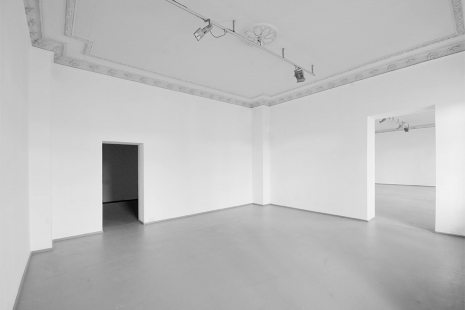Vartai gallery, one of the first private galleries in Lithuania, was founded in 1991, a year after Lithuania regained its independence after five long decades of Soviet occupation. It has played a vital role in the cultural life of the country ever since, putting on not just exhibitions, but also concerts, discussions, and workshops. Galerija VARTAI from the very beginning became an important venue through which artists as well as musicians could reach the public and remains so to this day.
In the first 10 years of its existence Galerija VARTAI put on over 160 exhibitions, changing every 3 weeks or so, mainly dedicated to the work of earlier artists to make up for the gaps in the knowledge of Lithuanian art in the first half of the 20th century. In its second decade Galerija VARTAI started to focus on contemporary art and at the same time began its international activities.
Today Galerija VARTAI is the leading contemporary art gallery in the Baltics. The gallery represents and exhibits emerging as well as established artists from Lithuania and abroad. The enthusiasm and professional attitude of the Galerija VARTAI team have made it a centre of cultural interchange and allowed it to become the first private institution to represent Lithuania at the 53rd Venice Biennale in 2009 and the 6th Liverpool Biennial in 2010.
In 2009, when Vilnius was designated European Capital of Culture, Galerija VARTAI launched the on-going international project Artscape, which has gained the reputation of being one of the most important projects, playing a major educational role. Artscape has already hosted a number of exhibitions of internationally acclaimed artists, amongst them Knut Åsdam, Ignasi Aballi, Rafal Bujnowski, Hans Op de Beeck, Tatjana Doll, João Paulo Feliciano, Vadim Fishkin, Jesper Just, Atelier Van Lieshout, Alyson Shotz, Franz West and Erwin Wurm.
In 2011-2013 Galerija VARTAI realized a project room for a new initiative called Thursday Reviews which took place every week and at which the latest works of a contemporary artist were introduced to the public. The aim was to promote already well-known artists and bring new names to the fore by providing up-to-date and in-depth information on the artists and their work.
Address: Vilniaus g. 39, Vilnius, Lithuania
Opening hours: Tue-Fri 14:00 - 18:00 Sat 12:00 - 16:00
